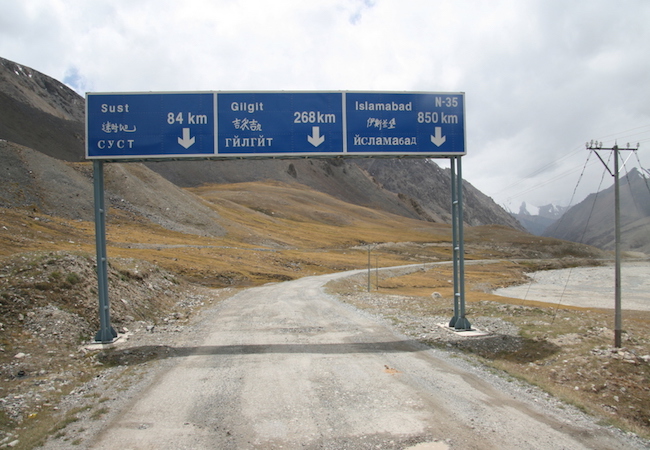
By M Waqas Jan
As Pakistan took to the polls for fresh elections, political commentary remained awash with both current and future prospects of the China Pakistan Economic Corridor, highlighted as a key component of the overall policy agenda. Considering the massive scale of investment, as well as the promise of real usable infrastructure, it is evident how CPEC has come to represent one of the most visible examples of development and progress within Pakistan’s socio-economic framework. Thus, it was no surprise when the outgoing government framed a number of completed CPEC projects at the center of its re-election campaign, as proof of all the ‘work’ that was carried out during its tenure.
Similarly, other major parties contesting for a piece of the electoral pie had also laid out their own visions of how to take this massive initiative forward, if and when they earned that mandate from the Pakistani people. It was as if every contesting politician’s promise of better roads, jobs, sanitation and education became tinged with the possibility of being more than just the sophist pageantry of election season. After all, government representatives may change, but CPEC with its overarching and long-term vision is here to stay and continue, beyond the mandates of these elected representatives.
It is quite profound when one realizes how these individual infrastructure projects such as better road links, new power plants and mass transit systems have come to resonate so deeply with every-day citizens as signs of progress. Even though hard numbers and economic indicators may currently point otherwise, the awe-inspiring effect of a shiny new power plant or inner city bus service is often enough to re-kindle a sense of National pride after decades of under-development. Throw in some fiery speeches and a few nice shots of ribbon cutting ceremonies with foreign investors and there you have it; visible proof of progress and economic development.
But again, the numbers don’t lie. Rising unemployment, debt, and dwindling foreign reserves all point towards regression rather than progress. To be able to experience any semblance of ‘real’ economic growth and progress, these large-scale infrastructure projects under CPEC need to be translated into long-term and sustainable Economic Development.
This in turn requires a massive overhaul of ancillary sectors such as improving the quality of education, incorporating the training of vocational skills, and promoting entrepreneurship and investment (both foreign and local) to build a vibrant economy on top of such infrastructure. Not to mention ensuring the provision of equal rights and opportunities to minorities, women, transgender and the disabled to help ensure the maximum level of participation from all levels of Pakistan’s diverse socio-cultural framework.
It is thus imperative that going forward, the political undertones of economic development and progress under CPEC should be minimized. Instead, the country’s bureaucratic institutions should take greater ownership of both its successes and failings. These institutions should further ensure that all this is carried out on the basis of quantifiable targets and transparent indicators representing a sense of accountability and responsibility beyond the mandates of elected representatives.
Already for instance, the Ministry of Planning and Development has taken center stage with regard to ensuring the completion and execution of these projects. However, it should be emphasized that it is the work and responsibility of its underlying machinery; its bureaucrats, planners and officers at the ground-level. Not the personality cult of its individual leaders and elected representatives that can’t help but seek the maximum political capital to be gained.
CPEC’s most recently completed projects have made it obvious that a certain degree of politicization may however be unavoidable. After all the gained political capital may still prove as too tempting to avoid for elected representatives. Yet, for all its short-term wins and challenges, the long-term vision that CPEC inspires across a broader regional level as an idea, presents a whole host of opportunities for political leaders to ‘sell’ to their constituencies. It doesn’t have to be promises that are to be completed within their electoral term. But rather, ensuring that their policies encompassing education, security and discrimination across the board are in line with this overarching vision of progress and development. Policies that are geared towards empowering those institutions in charge of the above; for after all, it is only by strengthening the Pakistani state’s institutions and by instilling a stringent sense of accountability and professionalism that the growing politicization of CPEC can be overcome at the domestic level. It is imperative that whichever government comes in to power these coming weeks, it keeps this in mind when setting its policy agenda for CPEC.




